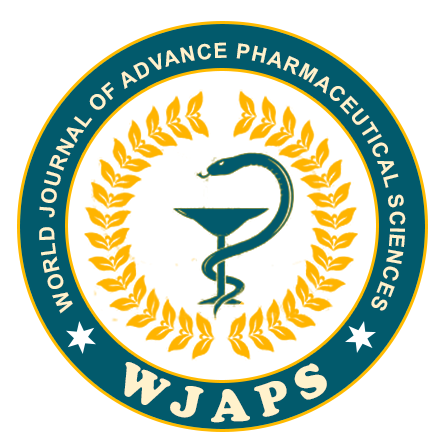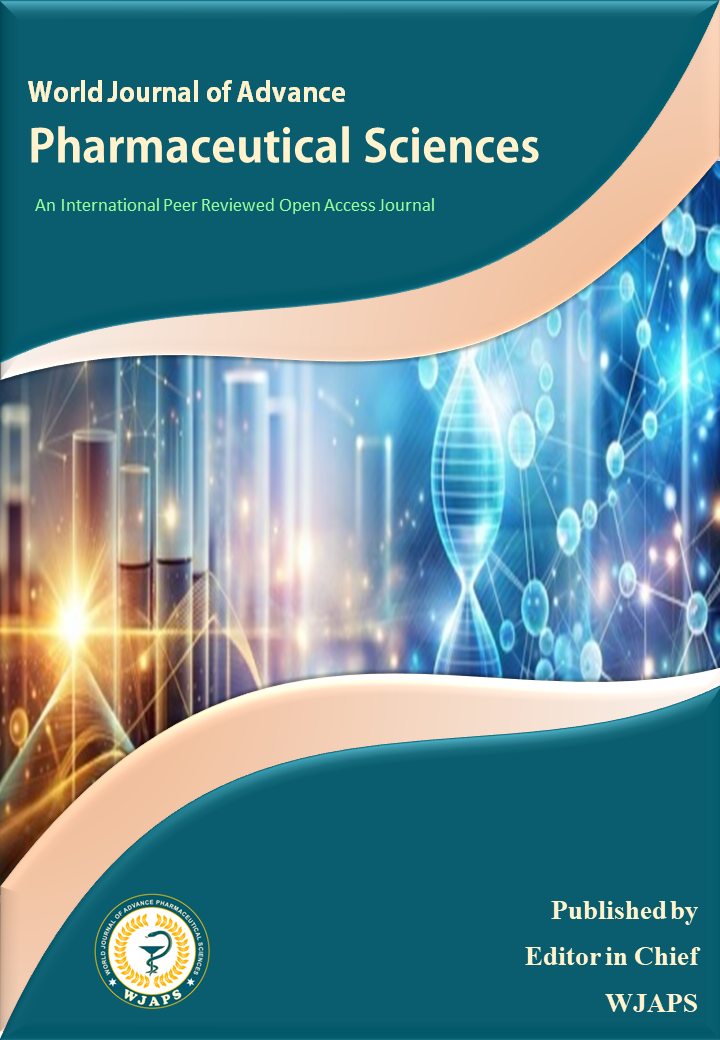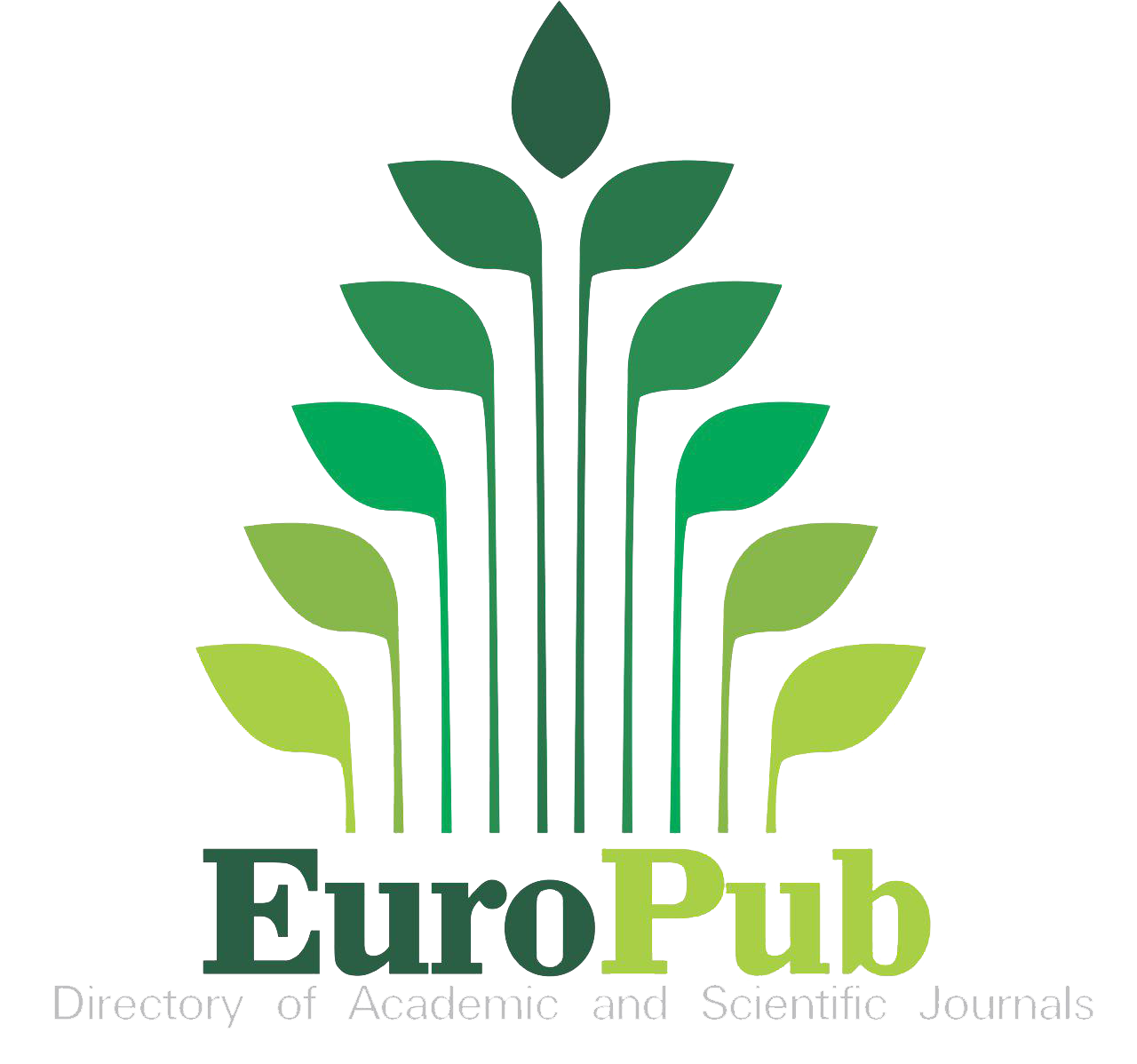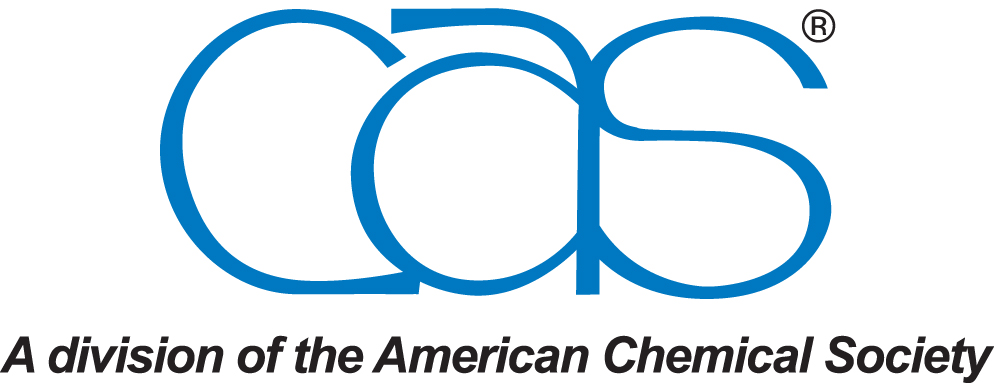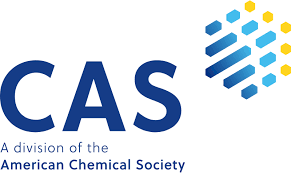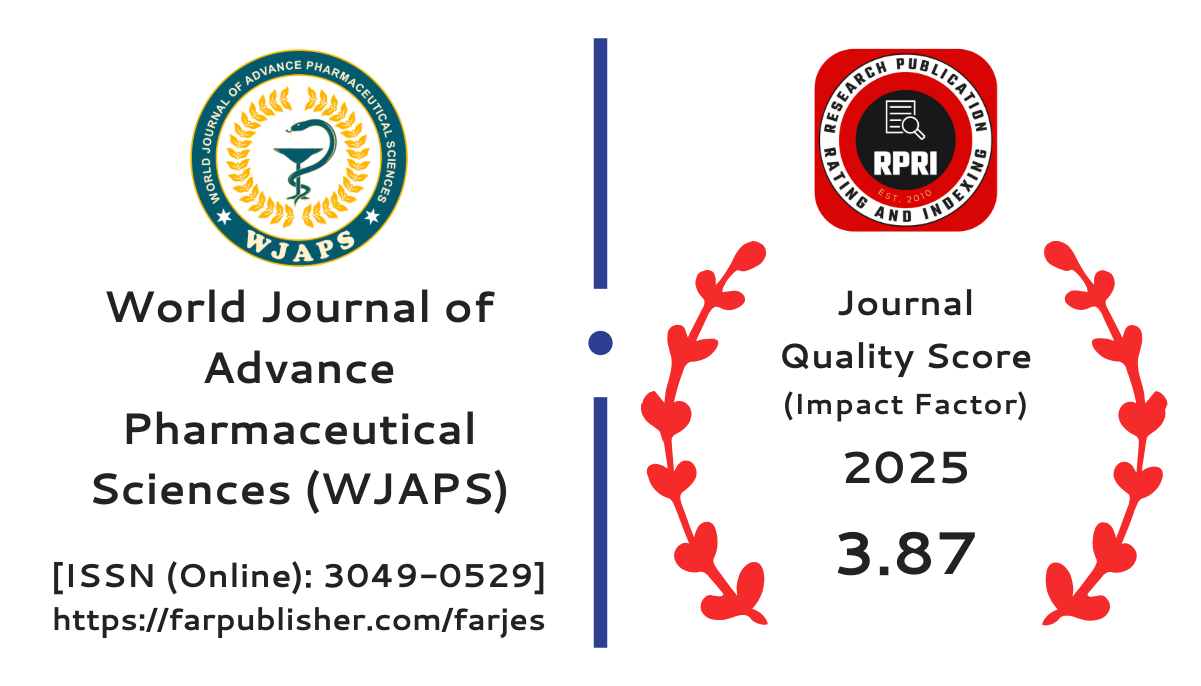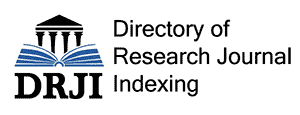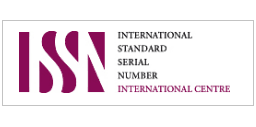PREVALENCE OF METHICILLIN RESISTANT STAPHYLOCOCCUS AUREUS IN WOUND INFECTIONS OF PATIENTS ATTENDING SELECTED HOSPITALS IN ESAN CENTRAL, EDO STATE. NIGERIA
Marcellinus Okodua, Knaja Peace Luka, Faith Unuabonah, Grace Ann Idaehor Aruya, Valentine Imade Oni, Daniel Oyewole Oni, Osariemen Patience Osarugue, Osamuyimen Iserhienrhien and Aidevbo Otuyoma Eyaufe*
This study investigates the prevalence of Methicillin Resistant Staphylococcus aureus (MRSA) infection associated with wound patients from selected hospitals in Esan-Central, Edo State. A total of 152 wound swabs specimens were collected and analyzed. The study population comprised 88 males and 64 females. Bacterial isolates were identified using Gram staining and biochemical tests, including catalase and coagulase; antibiotic susceptibility tests was done using Kirby Bauer disc diffusion method. 38 (25%) Staphylococcus aureus isolates were identified, out of which 31 (81.58%) were methicillin resistant and 7 (18.42%) were methicillin sensitive. In this study, the overall prevalence of MRSA in wound infection was 20.39%. The prevalence of MRSA in wound infection varied insignificantly (p>0.05) with age, with the highest respondents of ≥ 70 years old 1 (100%), followed by patients within the age range of 40- 49years old 7 (25.0%), while those within age groups 30-39, ≤19, 60-69, 20- 29 and 50-59 old had prevalence 9 (22.50%), 4 (22.22%), 2 (20.0%), 6 (15.38%), 2 (12.50) respectively MRSA infection amongst male was higher 21 (23.86%) than females 10 (15.63%) although not statistically significant (p>0.05). There was also no significant variation of MRSA infection based on occupation, although farmers had the highest prevalence, 9(32.14%) followed by teachers 6(28.57%). The results suggest the importance and role of diagnostic clinical microbiology in determining appropriate antimicrobial therapy thus limiting the emergence and cross transmission of antimicrobial resistant bacteria and in turn decreased morbidity and mortality.
[get full article]